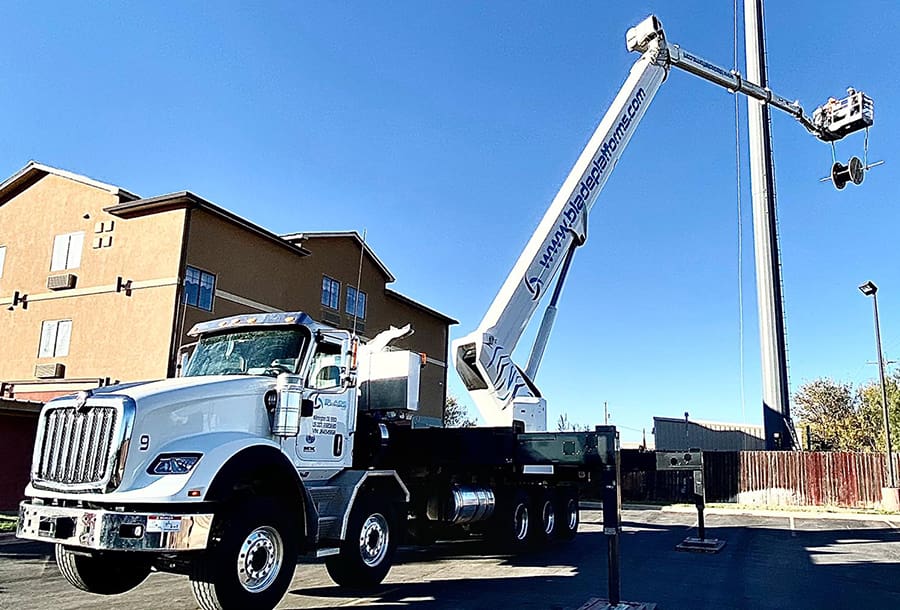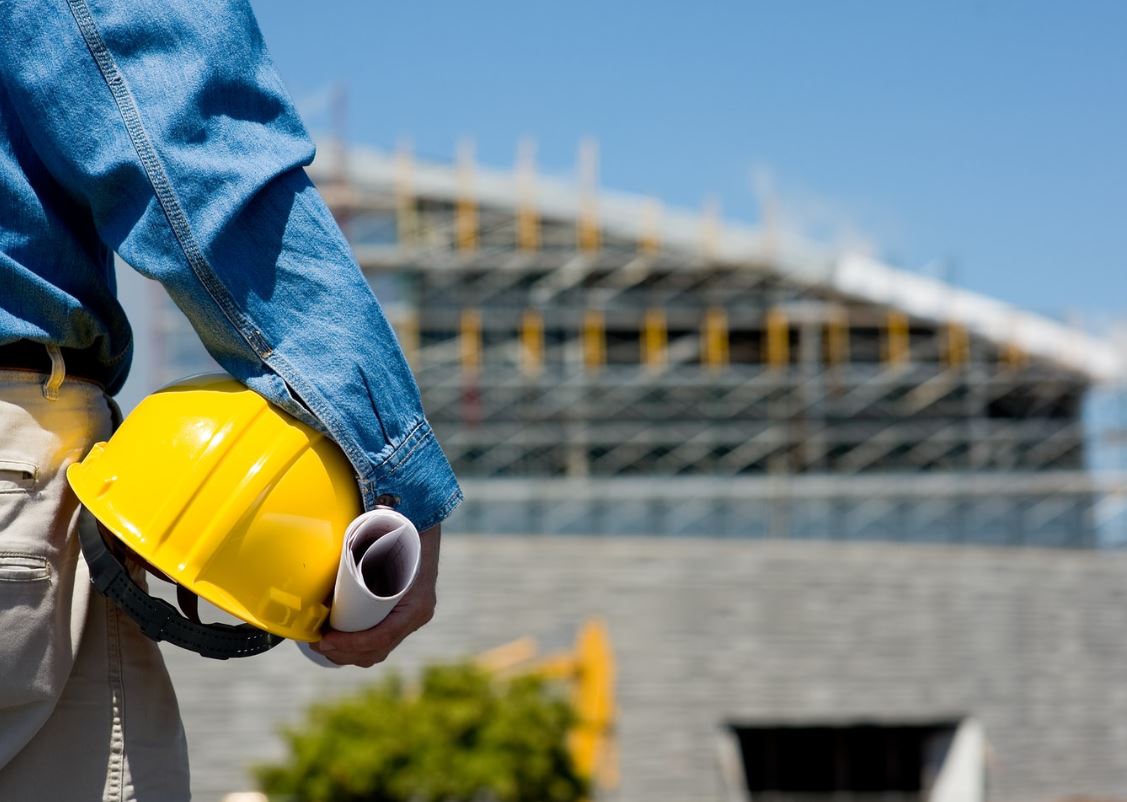When it comes to aerial work, having the right equipment can make all the difference in terms of safety, efficiency, and overall project success. Whether you’re a seasoned professional or new to the world of aerial work, selecting the right bucket truck for your project is a critical decision. In this comprehensive guide, we’ll walk you through the key factors to consider when choosing a bucket truck for your specific needs.
1. Determine Your Project Requirements
The first step in choosing the right bucket truck is to clearly define your project’s requirements. Different projects have different needs, and understanding yours is crucial to making an informed decision. Ask yourself:
a. What is the height and reach requirement?
Bucket trucks come in various sizes with different reach capacities. Knowing the maximum working height you need is essential. Consider factors like the height of the task at hand and whether you’ll need to reach over obstacles or obstacles in the work area.
b. What is the weight capacity?
Take into account the weight of the workers, tools, and materials that will be lifted in the bucket. Ensure that the bucket truck’s weight capacity can safely accommodate these loads.
c. What kind of terrain will you be working on?
Consider the terrain in which your project will be executed. Some bucket trucks are better suited for off-road work, while others are designed for urban or paved environments.
d. Will you need additional features?
Depending on your project, you might require specific features such as an insulated bucket for electrical work, a rotating platform for precise positioning, or a material handling attachment for heavy lifting.
2. Understand the Types of Bucket Trucks
Bucket trucks come in several configurations, each designed for specific tasks. Here are the most common types:
a. Telescopic Boom Trucks
These trucks have a single telescoping boom that extends vertically. They are ideal for tasks that require a straight vertical reach without much horizontal movement.
b. Articulated Boom Trucks
Articulated boom trucks have multiple jointed sections that allow for more flexibility in reaching tight or awkward spaces. They are versatile and can access a wider range of work areas.
c. Overcenter Trucks
Overcenter bucket trucks have booms that pivot over the center of the vehicle. This design provides more outreach and stability when working at height.
d. Material Handling Trucks
These bucket trucks are equipped with material handling attachments such as cranes or winches. They are used for lifting heavy objects, making them suitable for construction and utility work.
e. Insulated Trucks
Insulated bucket trucks are designed for electrical work, featuring an insulated bucket to protect workers from electrical hazards.
f. Specialty Trucks
There are specialty bucket trucks tailored to specific industries, such as forestry bucket trucks equipped with features for tree trimming and maintenance.
3. Consider Safety Features
Safety should be a top priority when choosing a bucket truck. Look for the following safety features:
a. Insulation
For electrical work, ensure the bucket and boom are properly insulated to protect workers from electric shock.
b. Stabilization Systems
Bucket trucks should have reliable stabilization systems to prevent tipping or tilting while working at height.
c. Fall Protection
Verify that the bucket is equipped with safety harness attachment points and guardrails to prevent falls.
d. Emergency Lowering System
In case of a malfunction, an emergency lowering system should be in place to safely lower the bucket and workers to the ground.
e. Boom Controls
Smooth and precise boom controls are crucial for safe and accurate positioning of the bucket.
4. Assess Maintenance and Serviceability
Regular maintenance is essential to keep your bucket truck in optimal working condition. Consider the following factors:
a. Maintenance Schedule
Check the manufacturer’s recommendations for maintenance intervals and make sure they align with your project’s needs.
b. Local Service Availability
Ensure that there are qualified service technicians and parts readily available in your area for any necessary repairs or maintenance.
c. Warranty and Support
Review the warranty coverage provided by the manufacturer and inquire about available support services.
5. Evaluate Budget Constraints
Budget is a significant factor when choosing a bucket truck. While it’s tempting to go for the most feature-rich option, it’s essential to find a balance between your project’s requirements and your budget constraints. Consider:
a. Purchase Price
Compare the prices of different bucket truck models and brands. Keep in mind that higher-quality trucks may come with a higher upfront cost but could save you money in the long run due to reduced maintenance and downtime.
b. Operating Costs
Factor in ongoing operating costs, including fuel consumption, maintenance, insurance, and any financing expenses.
c. Resale Value
Consider the potential resale value of the bucket truck, as this can affect your overall cost of ownership.
6. Research Brands and Models
Now that you have a clear understanding of your project’s requirements, safety needs, maintenance considerations, and budget constraints, it’s time to research specific brands and models. Look for reputable manufacturers known for producing high-quality bucket trucks that meet your criteria. Pay attention to customer reviews and feedback to gauge the reliability and performance of the models you’re considering.
7. Test Drive and Inspection
Before making a final decision, it’s essential to physically inspect and test drive the bucket truck if possible. During the inspection, look for signs of wear and tear, corrosion, and structural integrity. Test all the features and controls to ensure they work correctly. If you’re not confident in your ability to assess the truck’s condition, consider hiring a qualified inspector.
8. Consider Financing Options
If purchasing a bucket truck outright isn’t feasible, explore financing options such as leases or loans. Calculate the total cost of ownership over the financing term to ensure it aligns with your budget.
9. Consult with Experts
Don’t hesitate to seek advice from industry experts or colleagues who have experience with bucket trucks. They can offer valuable insights and recommendations based on their real-world experiences.
10. Make Your Decision
After careful consideration of all the factors mentioned above, make your decision and select the bucket truck that best meets your project’s needs. Ensure that all safety and maintenance requirements are met, and that the chosen truck aligns with your budget.
In conclusion, choosing the right bucket truck for your project is a critical decision that requires careful consideration of your project’s requirements, safety features, maintenance needs, budget constraints, and more. By following the steps outlined in this comprehensive guide, you can make an informed choice that ensures the safety and efficiency of your aerial work. Remember that the right bucket truck can make a world of difference in the success of your project and the safety of your team.
____________________________________________________________
About Blade Platforms – Aerial Platform Rental, Mobile Elevated Working Platform Rental in North America
If you have been searing “aerial work platform rental near me” with no luck so far, you are in the right place. Our specialists will provide aerial work platform operator training so you get the most out of our equipment. Reach out to Blade Platforms today to get started.
Over the last 30 years we have proven in Europe that MEWPs/AWPs are the safest and most efficient way aerial height access. Since 2009 this concept is finally available here in the US. We have transformed the aerial lift industry by owning, leasing and operating a reliable fleet of MEWPs/AWPs in North America. Our fleet consists of top-of-the-line truck-mounted aerial platforms ranging from 108 feet to 336 feet and tracked spider lifts ranging from 50 feet to 165 feet.



